
Marcus Yam/Los Angeles Times
‘Zero tolerance’ a year later: How the US family separations crisis erupted
By Catherine E. Shoichet, CNN
Published April 5, 2019
Updated April 8, 2019
Marcus Yam/Los Angeles Times
It started as a series of moves behind the scenes. Within months, it became a monumental moment that redefined the immigration debate.
The Trump administration’s “zero tolerance” policy caused thousands of family separations at the border, sparked protests in the streets and eventually prompted a rare reversal from the President himself. And officials are still scrambling to fix problems the policy caused.
The policy’s publicly stated aim: criminal prosecutions of every adult who illegally crosses the US-Mexico border. Its unstated goal, revealed in government documents and even discussed on live television: deterring would-be immigrants from coming to the United States in the first place.
April 6 marks a year since then-Attorney General Jeff Sessions made the policy official. Here’s a look at the key developments before and since:
The first hint – March 6
The first hint
Then-Department of Homeland Security Secretary John Kelly reveals to CNN’s Wolf Blitzer that the administration is considering separating immigrant children from their parents as a deterrent. “In order to deter more movement along this very dangerous network, I am considering exactly that,” he says. “They will be well cared for as we deal with their parents.” Several weeks later, he reassures Senate Democrats that DHS won’t be separating families at the border unless there is an extenuating reason.
A secret test – July
A secret test
DHS starts a pilot program in its El Paso sector, which stretches from New Mexico to West Texas, with officials prosecuting immigrants who cross the border illegally and separating more families as a result. Officials don’t reveal this pilot program to the public at the time. It lasts for several months.
A mother heads to court – February 26
A mother heads to court
The American Civil Liberties Union files a federal lawsuit in the US District Court of Southern California alleging that officials at the border had forcibly separated Ms. L, a Congolese woman seeking asylum, from her 7-year-old daughter. Several weeks later the organization asks a judge to turn it into a class-action case, covering “hundreds of other parents whom the government has forcibly separated from their children and continues to separate.” The administration maintains families are only separated to protect child welfare.
A memo makes it official – April 6
A memo makes it official
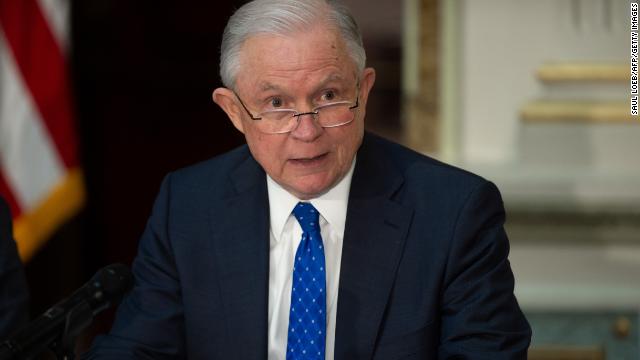
Then-Attorney General Jeff Sessions issues a memo announcing the "zero tolerance" policy of prosecuting all immigrants who illegally cross the border. A month later, DHS officially adopts the policy. In a speech that day, Sessions notes that it will likely result in families being separated. "If you're smuggling a child, we're going to prosecute you, and that child will be separated from you, probably, as required by law. If you don't want your child to be separated, then don't bring them across the border illegally."
As word spreads, protests erupt – May-June
As word spreads, protests erupt
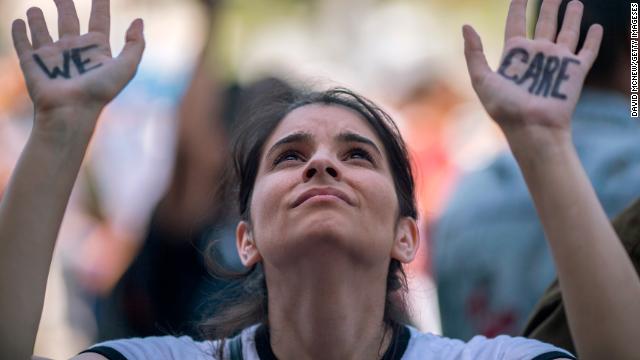
A public outcry over this policy escalates at a fever pitch as a growing number of reports emerge about family separations and their impact. Lawmakers, Hollywood celebrities and everyday Americans join in protests. Meanwhile, it becomes increasingly clear that officials don’t have a way to track families they’ve separated.
A rare reversal – June 20
A rare reversal
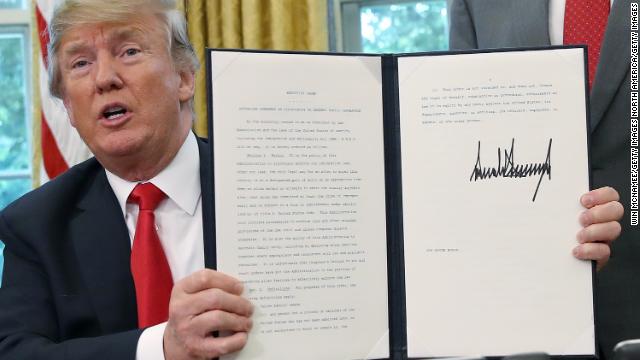
In the face of mounting criticism from the public and members of Congress, the Trump administration backtracks and the President issues an executive order that maintaining family unity is now the administration’s policy. There’s no indication of whether or how separated families are going to be reunited.
A major turning point – June 26
A major turning point
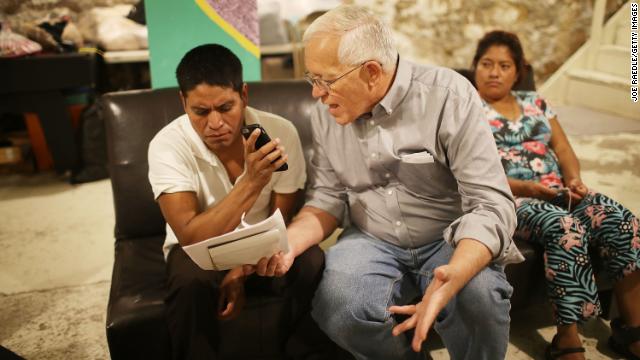
Parents frantically trying to find their children get a glimmer of hope when a federal judge in San Diego, presiding over the ACLU’s family separations case, orders the US government to reunite most of the families it divided. US District Judge Dana Sabraw slams the government for taking more care to track property than to track the parents and children they’d split up. His order sets a series of deadlines officials must meet, and forces officials to embark on a mammoth undertaking to locate families and reunify them.
An even tougher task – July 26
An even tougher task
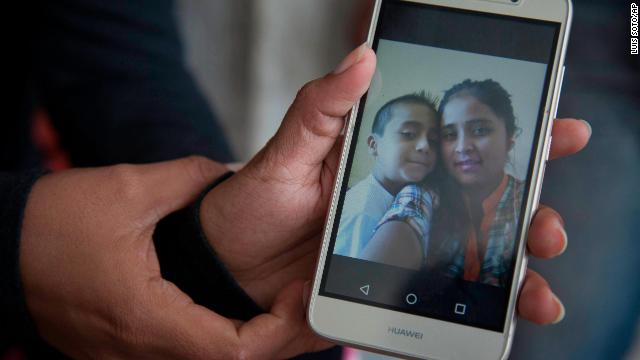
The government reunifies many families by the court-ordered deadline of July 26. But a tougher task is just beginning. Now, officials must track down hundreds of parents the government deported without their kids to find out if they want to be reunified. Advocacy groups lead the effort, which ACLU attorney Lee Gelernt describes as “really hard detective work.”
Numbers questioned – August-November
Numbers questioned
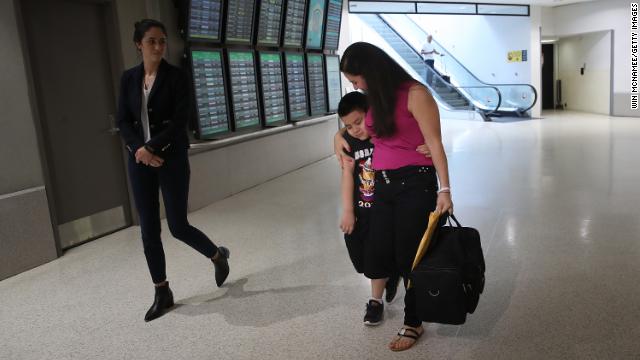
The painstaking process of reunifying the remaining families continues. All the while, concerns keep coming up about whether the government’s numbers are accurate. In October, Amnesty International publishes a report alleging the government may have separated hundreds more people than it officially acknowledged. The administration dismisses the report as inaccurate. By November, the judge in the ACLU’s family separations case says it seems like things are close to wrapping up. “We’re approaching the end of reunification,” Sabraw says.
Family separations continue – December
Family separations continue
Media reports start to emerge that families are still being separated. DHS says separations are rare, and due to hospitalizations or criminal or gang activity. The numbers released by the government of family separations are far lower than tallies over the summer, but advocates point to such cases and say officials are basically pursuing “zero tolerance” by another name.
A shocking statistic – January 17
A shocking statistic

The Health and Human Services Inspector General releases an explosive report revealing that thousands more children may have been separated from their parents than the 2,737 cases officials have already acknowledged. The report suggests there’s no way to know exactly how many separations occurred because those kids were released from custody before the government started keeping track.
The next chapter – March 8
The next chapter
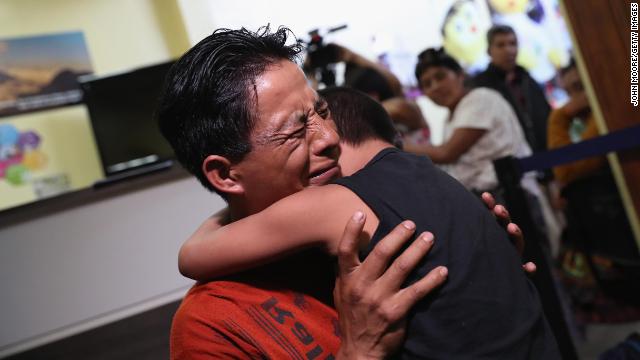
Another major ruling from District Judge Dana Sabraw suggests the government may soon need to begin efforts to identify and eventually track down this previously unacknowledged group of separated families. Despite the government’s objections, Sabraw finds that the potentially thousands of additional separated families mentioned in the government watchdog’s report should also be included in the ACLU’s family separations case. As a result of the judge's order, officials may have to comb through a massive trove of case files and pinpoint exactly how many families were separated going back as far as July 1, 2017, when the El Paso pilot project began. The ACLU once again says it’s ready to help. "We are prepared, no matter how big the burden is, to take that on," lead attorney Lee Gelernt says, noting that the consequences of not doing so could be dire. "We're talking about little children potentially being permanently orphaned."
The face of‘zero tolerance’ resigns – April 7
The face of‘zero tolerance’ resigns
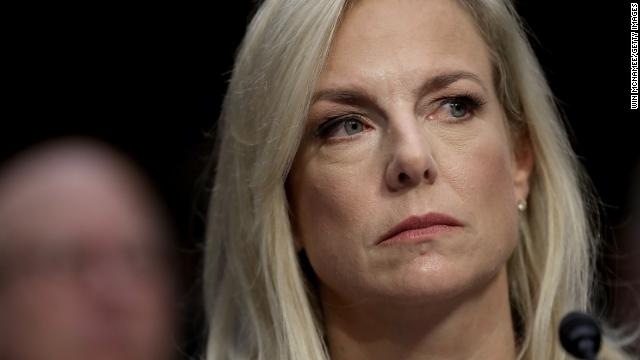
Kirstjen Nielsen, one of the key officials who presided over “zero tolerance,” resigns from her position as Homeland Security secretary. After spending nearly a year staunchly defending the policy, she doesn’t mention it in her resignation letter, but notes she’s “immensely proud” of her successes transforming the department.
Design and Development by Ivory Sherman and Tal Yellin. Photo Editing by JuliAnna Patino.



